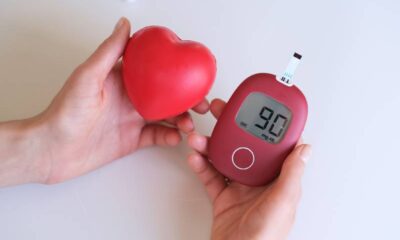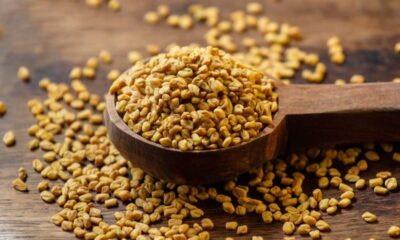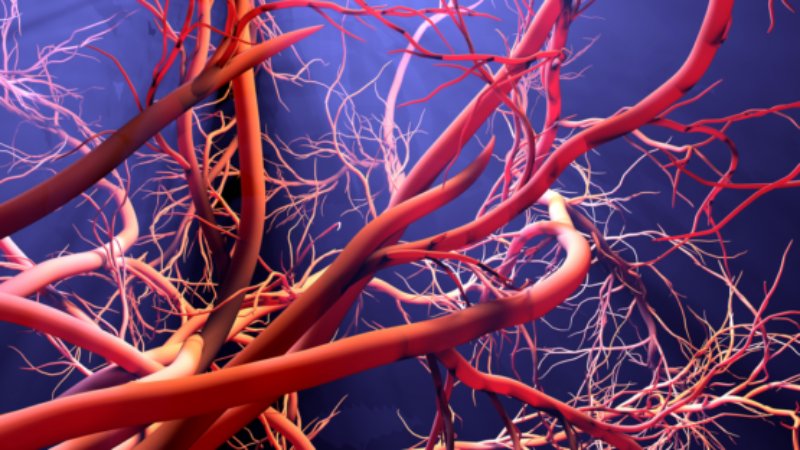Ordinary cells may revert to early stemness after being exposed to the Yamanaka factors, at which point they can divide into any other type of cell in the body. These are induced pluripotent stem cells (iPSCs), which have undergone substantial research in the field of medicine and aging.
Exosomes are microscopic RNA and protein packets that are secreted by iPSCs, just like other cells, to communicate with other cells. Exosomes made from iPSCs successfully induced angiogenesis, or the growth of new blood vessels, in a prior study, hastening the healing of wounds. Positive results in heart attack simulation models have been observed in other research.
In this study, the aim was to investigate whether angiogenesis might be promoted in animals with another detrimental condition: aging.
Exosomes in both the lab and in life
In this study, the researchers used a variety of tests. Eight different groups of mice were used in the test; the mice may have been young or old, pretreated with iPSC exosomes for three months or not, or their aortic rings could have been implanted with iPSC exosomes or not.
As predicted, the young mice’s arterial samples showed significantly higher angiogenesis than the old mice’s. Old-mouse samples were exposed to iPSC-derived exosomes in the vivo animal or in culture, and both methods significantly increased angiogenesis, demonstrating that these exosomes were consistently successful in this paradigm. Young mice also appeared to benefit, but not statistically significantly.
Cells from bone marrow also benefited. In all of the treated groups, the bone marrow cells of older mice multiplied noticeably more in culture. Interestingly, young mice’s cells also benefited, however this advantage would have been considerably greater if the mice had received exosome injections earlier in life.
Additionally, tissues extracted from living animals were tested for the presence of the senescence-related biomarkers p53 and p16. Skin, muscle, lung, spleen, liver, kidney, and brain tissue all benefited to different degrees, with the kidneys and muscle being most impacted. Although p53 and p16 do not significantly differ between the hearts of young and old mice, the heart didn’t seem to be impacted. In most tissues, antioxidant activity also increased.
Exosomes also had an impact on exosomes. The serum exosomes of treated aged mice were substantially more resemblant of those of young mice than those in the control group, according to the study’s analysis.
A potential for treatment?
This is not the first research to be published on the topic of exosomes being investigated as a potential treatment for age-related disorders. It might be time to test exosomes in human volunteers for heart disorders and wound healing because they don’t seem to have any of the other negative effects, like tumours, that could possibly emerge with other rejuvenative and regenerative therapies.

 Diabetology2 weeks ago
Diabetology2 weeks ago
 Diabetology2 weeks ago
Diabetology2 weeks ago
 Diabetology7 days ago
Diabetology7 days ago
 Diabetology16 hours ago
Diabetology16 hours ago



